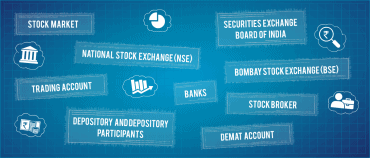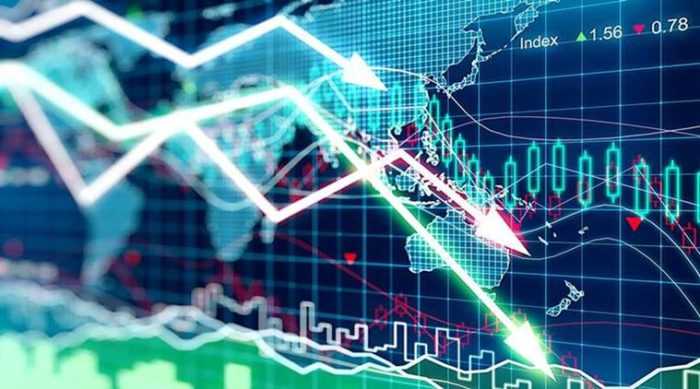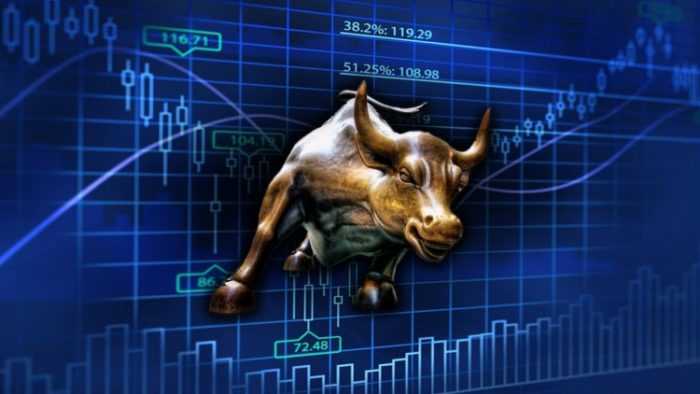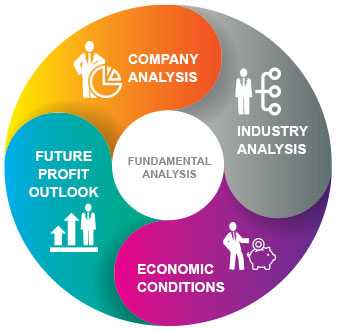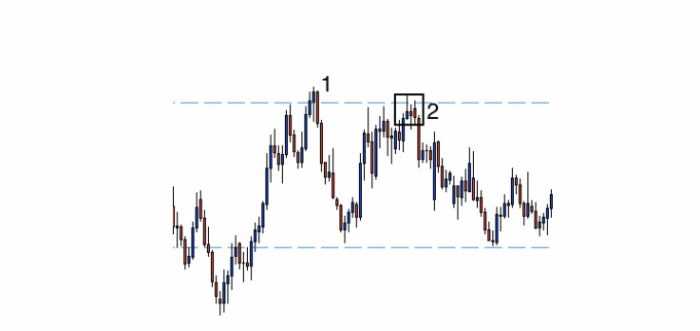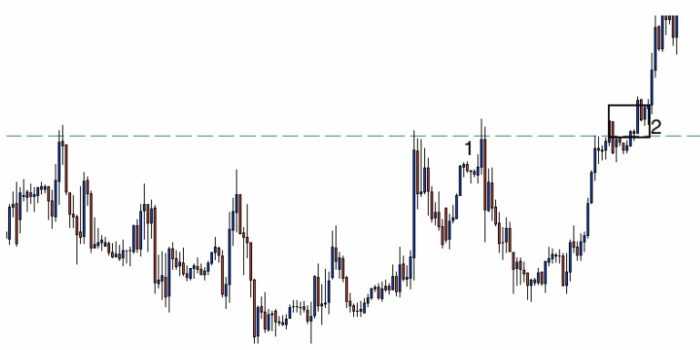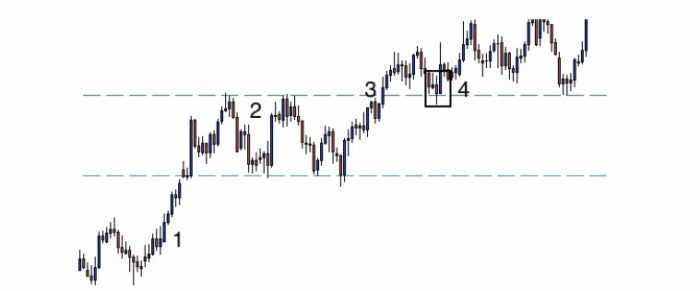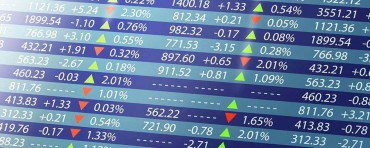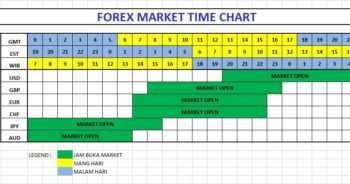
Be objective, don’t expect the success overnight, have reasonable expectations, think in all probabilities.
By Guy Avtalyon
First of all, never base your decisions on emotions, rumors, or rush to the next hot opportunity. This is one of the most influential barriers to learning about stocks.
You will end up losing money as a result. Some investors despite their problems, continue with the same actions and keep getting the same bad results.
Investors have to remove barriers on their path to success. Otherwise, success will never come. All investors must seek to continuously remove new barriers as they appear.
What kind of barriers to learning about stocks you may have?
Emotions
The fear and greed! Many investors experienced the obscure of ability to rationally consider through an investing opportunity. This leads to poor investment decisions and a loss of money.
For instance, it is in an investor’s best interest to sell high and buy low, investors hate to sell winners and are unwilling to buy out-of-favor stocks. Why so many investors hold winning investments too long? When they fall back, they continue to hold on to them, hoping they will return to their previous highs. They even lie that they will sell if the price returns to the level at which they bought it.
Also, there are investors who hold on to losing investments! Okay, they might be in love but why to hold for so long? They have some hope. If they wait and hold longer, their shares will recover. That might happen never.
They can sell to at least break even, very often such investors become losers. Because their capital is tied up in a losing investment and is unable to produce a return. This reduces account balances and expands stress levels.
Most investors admit that holding investments too long is the mistake that was most detrimental to their success.
Less knowledge
Some investors think if you just buy and sell the right stock, you will always make money.
That’s wrong! Totally mistake! Barriers to learning about stocks!
Sometimes, investors can have less understanding of how markets work. That drives stock prices and successful investing performance.
Also, so many investors tend to overestimate their strength to beat the market. As a result, they take on unnecessary risks. People are often drawn to powerful performance, even when it’s not sustainable.
Many investors follow the hottest sector and don’t have a sufficient understanding of the risks involved.
For instance, investors realize they should not overweight their portfolios with too much money in one investment, but they continue to do so. It isn’t rare that people buy too much stock in the company where they are employed, because the company’s available retirement funds and use of options as a part of their compensation package makes this easy.
Barriers to learning about stocks may leave investors with a portfolio that lacks diversification.
Some other investors don’t understand how bonds work, and they avoid them. Few of them realize that bonds hold a preferred position should a company declare bankruptcy.
Many others don’t realize that when interest rates rise, bond prices go down. When it comes to understanding important concepts such as how a central bank sets interest rates and the yield curve, even fewer investors have sufficient knowledge to make rational decisions.
And more interesting, most investors do not know when to sell a stock that has substantially appreciated. They continue to hold the stock instead of selling part of their position.
In that way, they could capture some of the profit and make capital convenient and available for other investments. They can’t realize that as the price of the stock goes up their portfolio becomes even more unbalanced.
The market has the ability to balance portfolios for investors, sometimes to their astonishment. Many investors are confused by the idea that rebalancing entails selling some of the investments that have performed best and buying more quality stocks that have lagged.
Losing the Bigger Picture
Despite many investors like to say they invest with a long-term perspective, they continue to make decisions based on short-term movements and ideas. Most investors believe that setting long-term goals for such things as buying a home or providing for retirement are important. But still, they fail to establish viable financial plans to do so.
Without these plans, their decisions are decaying. Basing decisions on unpredictable market fluctuations can be very dangerous because there is a good chance that these investors will make the wrong decision. That can obstruct their ability to achieve their long-term goals.
When the investors realize that the market has risen, they pour cash into stocks and mutual funds, trying to grab part of the profit the professionals have realized. When the market puts in a decline, some investors panic and sell close the bottom. And very often, this pattern continues, causing such investors to lose much of their capital.
How to remove barriers to learning about stocks
No matter what your barriers are, it is important to put together and plan to remove them. Here are some steps you can take to eliminate these barriers to your investing success. Experts advise doing this.
* Learn to monitor your performance: Measuring your performance creates a record of what has worked and what has not. This can help you to recognize problems that you repeat. You should record the overall market trend, the sector trend, the reason for making the trade, the exit target, and the trailing stop. Do this for each trade no matter if you sell or buy. This record is very useful in evaluating your investing activities and can be used to identify what barriers you are meeting that obstruct your success.
* After you have measured your actions, you can identify what you have to change: Inspect your past tradings and find patterns that show to barriers to success. Maybe you impulsively buy the next stock without thinking? Does your explanation prove to be wrong most of the time? The key is to identify the investing behavior that inhibits your performance.
Stay focused and avoid barriers
* Stay focused on what you need to change. Like any effort to change behavior, you must remain focused on the actions you take to reinforce the investing behavior you wish to have. If you think you are not focused on how to change your behavior, then take a break from your investing until you recover your focus.
* Determine how you will understand your losses. Keep in mind that losses are part of investing. Learning how to deal with them is one of the most important pieces of successful investing behavior. You have to define what your loss looks like through your stop loss and reasons for the trade. You must accept the loss as part of the trading. Accepting a loss is a trading skill that is a crucial behavior. Making a losing trade ahs to be an acceptable process in your trading strategy, you’ll eliminate the emotion and fear that comes from a loss. You’ll jump to the next opportunity without fear.
* Become an expert at one investing strategy: There are many ways to evaluate the market and select stocks that offer good investment opportunities. Don’t try to understand every perspective on a stock. It is best to get to know one reliable investing strategy. In that way, you will gain confidence in your investing access. This knowledge will form a valid base for your investing. And when you become an expert you can expand your knowledge base by adding a new approach.
Think twice to avoid barriers
* Think in probabilities: The market is in permanent movement. It forces the investor to continually evaluate the risk-reward ratio of each opportunity. You can’t move the market, that’s why you need to rate what is the greatest possibility that will move the market, key sectors and the stocks you are watching. Evaluating what is most possible to happen in the sense of probabilities could help you to make a valid investing estimation.
* Learn how to be objective: Many investors want to believe that the market will do what they think it should do, rather than what it actually does. Any limits you place on the market will usually turn out to be wrong. The market does what the market does. Investors are best served if they maintain an objective perspective. If you are neutral, then you will not feel any pressure to move quickly. You will not be afraid to make an investment decision. And the most important, you will not force your opinion on the market, but rather sense what the market is trying to tell you.
Do not expect this to happen overnight. Removing the barrier is a long-term process. But if you have a defined plan, you will be able to create a program to remove the barriers that keep you from achieving success as an investor.

